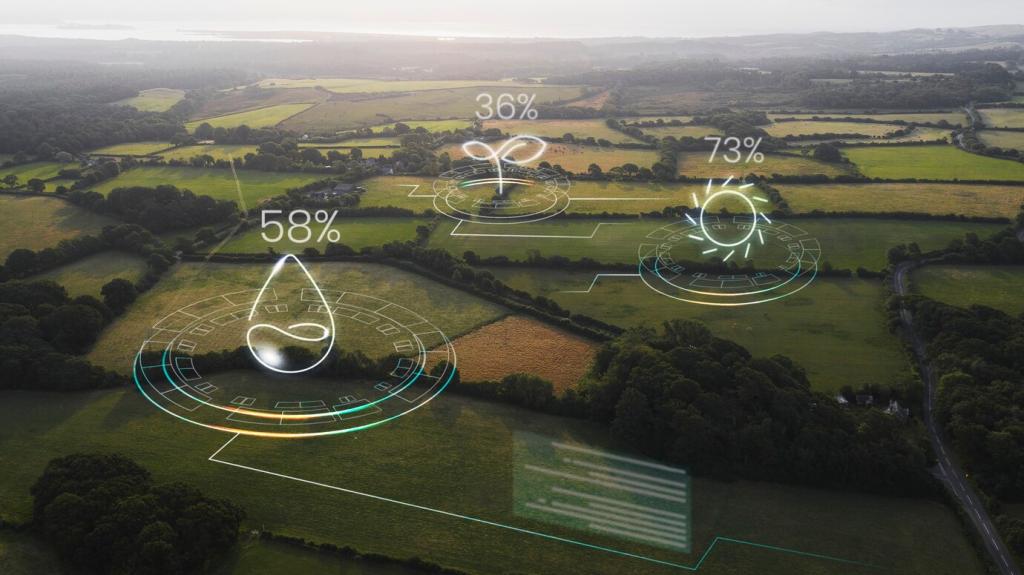
Sustainable Practices in Renewable Energy Implementation
The transition to renewable energy is a crucial strategy in combating climate change and ensuring long-term environmental sustainability. However, the implementation of renewable energy must be guided by sustainable practices to maximize benefits and minimize potential negative impacts. This web page delves into how sustainable principles are woven into the deployment of renewable energy technologies, exploring key strategies, community involvement, environmental stewardship, and continuous innovation for a greener future.
Integrating Environmental Stewardship in Project Planning
Site Selection for Minimum Impact
Selecting suitable sites for renewable energy installations plays a critical role in mitigating adverse environmental effects. This process involves substantial research, leveraging geographic data, and consulting with environmental experts to avoid sensitive habitats or migration paths. For example, placing wind farms away from major bird corridors or constructing solar farms on previously disturbed land reduces harm to flora and fauna while optimizing energy output. Thoughtful site selection balances technical feasibility, grid access, and ecological protection, setting a precedent for responsible project development.
Water Conservation in Energy Production
Many traditional power generation methods consume vast amounts of water, making water conservation a significant advantage of renewables. Solar photovoltaics and wind turbines, by design, use minimal water, but even these systems can be optimized through sustainable operation practices. For instance, using dry-cleaning technology for solar panels instead of water-intensive methods reduces demand on local water supplies. In hydropower projects, environmental flow management and fish-friendly turbines are adopted to maintain aquatic ecosystem integrity while harnessing energy.
Preserving Local Biodiversity
Protecting local biodiversity is non-negotiable when implementing large-scale renewable projects. Developers undertake rigorous environmental impact assessments to identify vulnerable species and propose mitigation measures before construction. Creating buffer zones, restoring disturbed landscapes post-installation, and fostering habitats for native species are proactive steps that help balance the need for clean energy with the preservation of biological diversity. Collaboration with conservation organizations ensures ongoing monitoring and effective adaptive management throughout the project’s lifecycle.
Stakeholder Engagement and Transparency
From inception to operation, successful renewable energy initiatives involve comprehensive stakeholder engagement. Developers host consultations, information sessions, and workshops to keep residents and organizations informed and involved. Transparency in communication builds trust and enables the co-creation of solutions to any concerns regarding land use, visual impacts, or cultural heritage. This collaborative approach enhances project acceptance and ensures that decisions reflect community values and needs.
Ensuring Fair Access and Shared Benefits
Renewable energy projects have the potential to bring economic and social benefits to host communities. Sustainable practices include designing schemes for local job creation, revenue sharing, and discounted or free access to clean energy. Community-ownership models put decision-making power and financial gains into the hands of residents, fostering a sense of ownership and stewardship. Focusing on fair distribution of benefits addresses social disparities and builds long-lasting partnerships around clean energy.
Protecting Indigenous Rights and Knowledge
Many renewable energy sites intersect traditional lands of Indigenous peoples. Sustainable implementation upholds the rights, sovereignty, and cultural importance of these territories. Engaging Indigenous communities as equal partners from the outset, integrating traditional ecological knowledge into project planning, and obtaining free, prior, and informed consent are essential. Respecting and supporting Indigenous leadership ensures that renewable energy growth supports, rather than disrupts, cultural integrity and livelihoods.
Previous slide
Next slide

